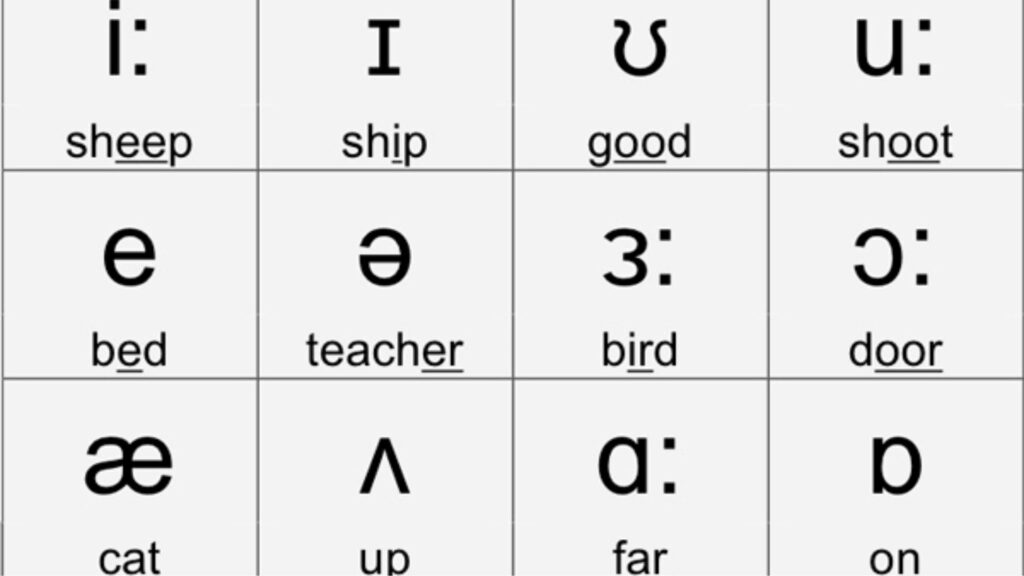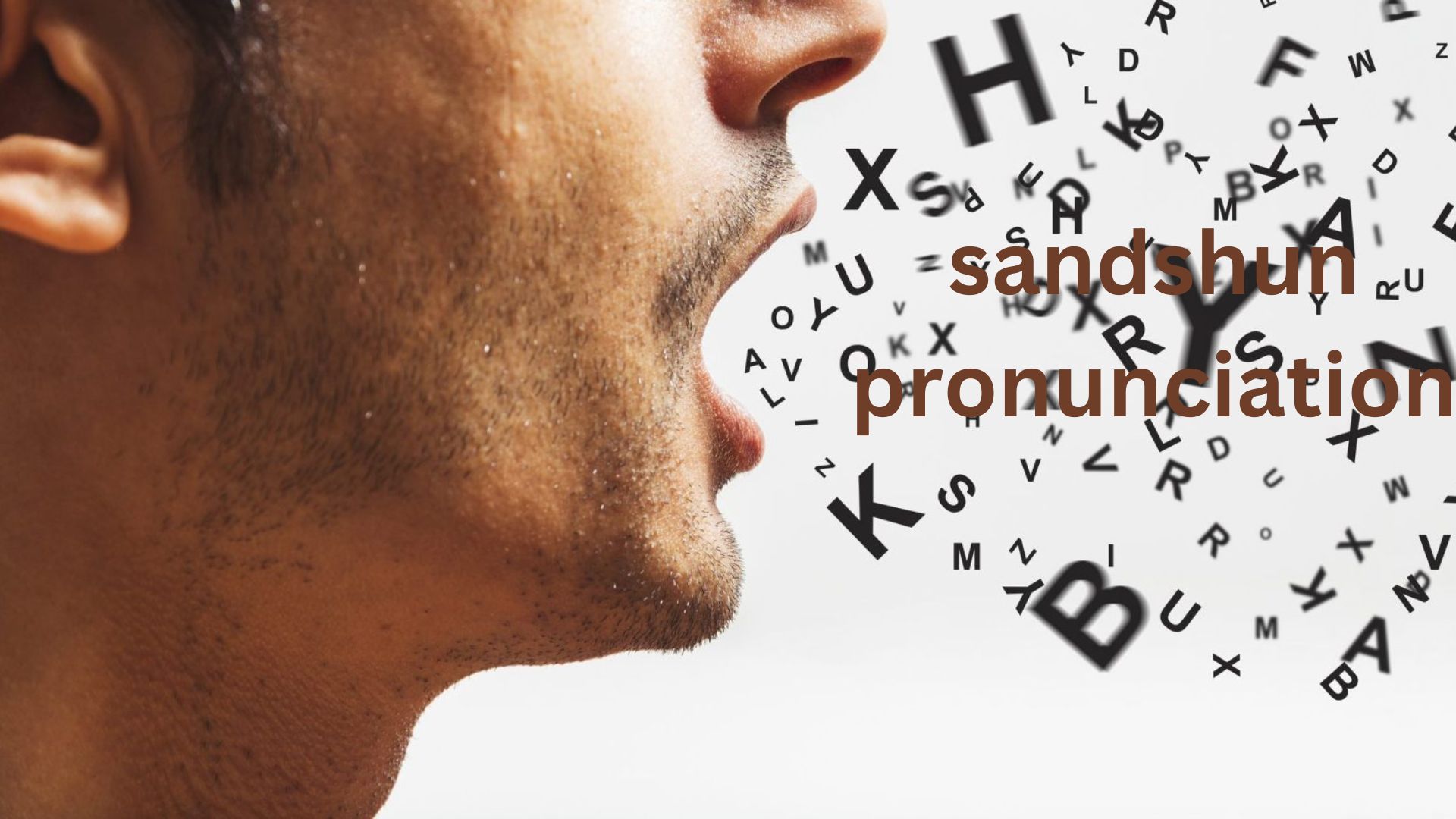Introduction
The word “Sandshun Pronunciation” is not a widely recognized term in the English language. As a result, its pronunciation can be somewhat ambiguous and may differ depending on regional accents, linguistic origins, or contextual usage. However, with a breakdown of the syllables and phonetic patterns, we can confidently ascertain the most accurate way to pronounce it.
This article will provide a thorough exploration of how to pronounce the word “Sandshun,” considering various factors that influence pronunciation, such as phonetic breakdown, regional accents, speech context, and potential variations. Additionally, we’ll explore other key aspects that could impact how the word is spoken and understood.
Phonetic Breakdown of “Sandshun Pronunciation”
To begin, understanding the individual phonetic components of the word “Sandshun” is essential. Let’s dissect the word into its two main syllables: “Sand” and “Shun.” The pronunciation of these syllables follows distinct rules in the English language that we can apply to achieve the correct pronunciation.
First Syllable: “Sand”
The first part of “Sandshun” is straightforward. The word “sand” follows a common English pronunciation pattern. It is a monosyllabic word with the phonetic transcription:
/sænd/ – This represents the sound made by the letter “S” followed by the short “a” vowel sound, as in “cat” or “man.”
Common Variations for “Sandshun Pronunciation”
Though the standard pronunciation is /sænd/, regional accents might cause slight alterations in how the “a” sound is produced:
- In General American English and Received Pronunciation (RP), “sand” is typically pronounced /sænd/.
- In some Southern American English accents, the “a” might sound more like /æ/ (as in “bad”), so “sand” might sound closer to /sænd/.
Despite these subtle differences, the first syllable remains fairly consistent in its overall phonetic structure.
Second Syllable: “Shun”
The second syllable of “Sandshun Pronunciation” is pronounced as “shun,” which mirrors the pronunciation of the common English suffix “-shun.” This suffix appears in words like “motion,” “caution,” and “action,” and it is typically pronounced as /ʃən/. The phonetic sound is represented by a “sh” sound, followed by a schwa (ə), which is the most neutral and unstressed vowel sound in English.
The phonetic transcription for the second syllable is as follows:
/ʃən/ – The “sh” sound is pronounced like the “sh” in “ship,” and the “un” sound is a soft, unstressed schwa sound that is similar to the “a” in “sofa.”
Common Variations for “Shun”
In fast speech or certain accents, the schwa vowel sound may be dropped or altered slightly:
- In General American English, the pronunciation remains /ʃən/.
- In some British English accents, the vowel might sound slightly more defined, resembling an /ʌ/ (as in “cup”) sound: /ʃʌn/.
Standard Pronunciation of “Sandshun Pronunciation”
When combining the two syllables, the standard pronunciation of “Sandshun” would be:
/ˈsænd.ʃən/ (SAN-dshun)
This is the most neutral and widely understood pronunciation, suitable for general use in English-speaking regions. It follows the conventional rules of syllable stress, with the emphasis placed on the first syllable “Sand”, and the second syllable “shun” remaining soft and unstressed.
Why is the First Syllable Stressed?
The stress pattern follows the general English rule that words with two syllables often stress the first syllable when they are nouns, adjectives, or verbs. Since “Sandshun” is structured as a two-syllable word, it naturally follows this stress pattern, with “Sand” being more pronounced than “shun.”
Also read: Florence Noise Serum Bank
Pronunciation Variations Based on Accent
While the standard pronunciation of “Sandshun Pronunciation” is universally understood, regional accents and dialects can significantly influence how the word is spoken. Let’s explore how different English accents might impact the pronunciation of this word.
1. American English Pronunciation
In American English, the pronunciation of “Sandshun” would likely adhere to the following standard form:
/ˈsænd.ʃən/ (SAN-dshun)
The emphasis on the first syllable “sand” remains intact, and the second syllable “shun” is lightly stressed, in line with typical American English speech patterns.
Southern American English:
In the Southern United States, speakers might draw out the vowel sound in “sand” slightly, creating a more drawn-out sound:
/sæn-dʃən/ (SAN-dshun), with the “a” sound in “sand” elongated.
2. British English Pronunciation
British English speakers, particularly those from Received Pronunciation (RP) backgrounds, would pronounce “Sandshun Pronunciation” similarly but might place a slight difference on the vowel sounds:
/ˈsænd.ʃən/ (SAN-dshun)
RP speakers often have a more distinct pronunciation of the vowel in “sand,” which might sound closer to the “a” in “man.”
Cockney or Estuary English:
In more informal British dialects, like Cockney or Estuary English, the “d” sound might be softened, making the word sound closer to:
/sæn-ʃən/ (SAN-shun), where the “d” is barely heard.
3. Australian English Pronunciation
Australian English speakers would likely pronounce “Sandshun” in a manner very similar to both American and British English, but with their distinct intonation and vowel sounds:
/ˈsænd.ʃən/ (SAN-dshun)
Australian English tends to have a flatter intonation, with minimal emphasis on the second syllable. The vowel in “sand” might be a bit more clipped compared to American or British speakers.
Contextual Pronunciations of “Sandshun Pronunciation”
While “Sandshun” may not be a common English word, the pronunciation can also vary depending on its context. For instance, it might be a proper noun (such as a brand name or place name) or a coined term. In such cases, pronunciation can be influenced by the context in which the word is used.
Pronunciation in Proper Nouns
If “Sandshun” is the name of a place, brand, or entity, its pronunciation may be influenced by the preferences of those who created or popularized it. For example, brand names often have idiosyncratic pronunciations that may not follow typical phonetic rules.
If “Sandshun” is a fictional or coined name, speakers might pronounce it with more variation or emphasis based on their personal or regional habits. The creators or marketers behind such names might decide to emphasize one syllable over the other, depending on the brand’s identity.

Pronunciation in Technical or Scientific Terms
If “Sandshun Pronunciation” is a term within a technical, scientific, or academic context, it might be pronounced according to specific linguistic or academic guidelines. For example, if it is a term borrowed from another language, it might maintain a different pronunciation influenced by that language’s rules.
The Role of Accent and Speech Register
The way people pronounce words can also depend on their speech register—whether they are speaking formally or informally, slowly or quickly. In formal contexts, speakers are more likely to adhere to the “standard” pronunciation. In casual conversation or fast speech, the pronunciation might be altered for ease of communication.
Formal vs. Informal Speech
- Formal Speech: In formal settings, such as public speaking, presentations, or academic contexts, speakers are likely to pronounce “Sandshun” clearly, maintaining the distinct sounds of both syllables.
- Informal Speech: In everyday conversation, especially among friends or family, the pronunciation may be more relaxed, with slight reductions in syllable articulation. For example, the “d” might be dropped, or the second syllable might be softened.
Conclusion
The pronunciation of “Sandshun” is straightforward in its most standard form: /ˈsænd.ʃən/ (SAN-dshun). However, various factors, including regional accents, speech context, and whether it is a proper noun or technical term, can influence how the word is spoken.
While “Sandshun” might not be a widely used term, understanding the principles behind its phonetic breakdown and the impact of regional accents provides a clear foundation for correctly pronouncing it. Whether you’re speaking in an American, British, or Australian accent, the key lies in the clarity of the first syllable “sand” and the soft, unstressed pronunciation of “shun.”
By taking into account the phonetic structure, regional variations, and contextual usage, you can confidently pronounce the word “Sandshun” and adapt to different speech settings. Whether you’re pronouncing it for casual conversation, formal settings, or creative purposes, a little attention to detail will ensure you say it just right.
